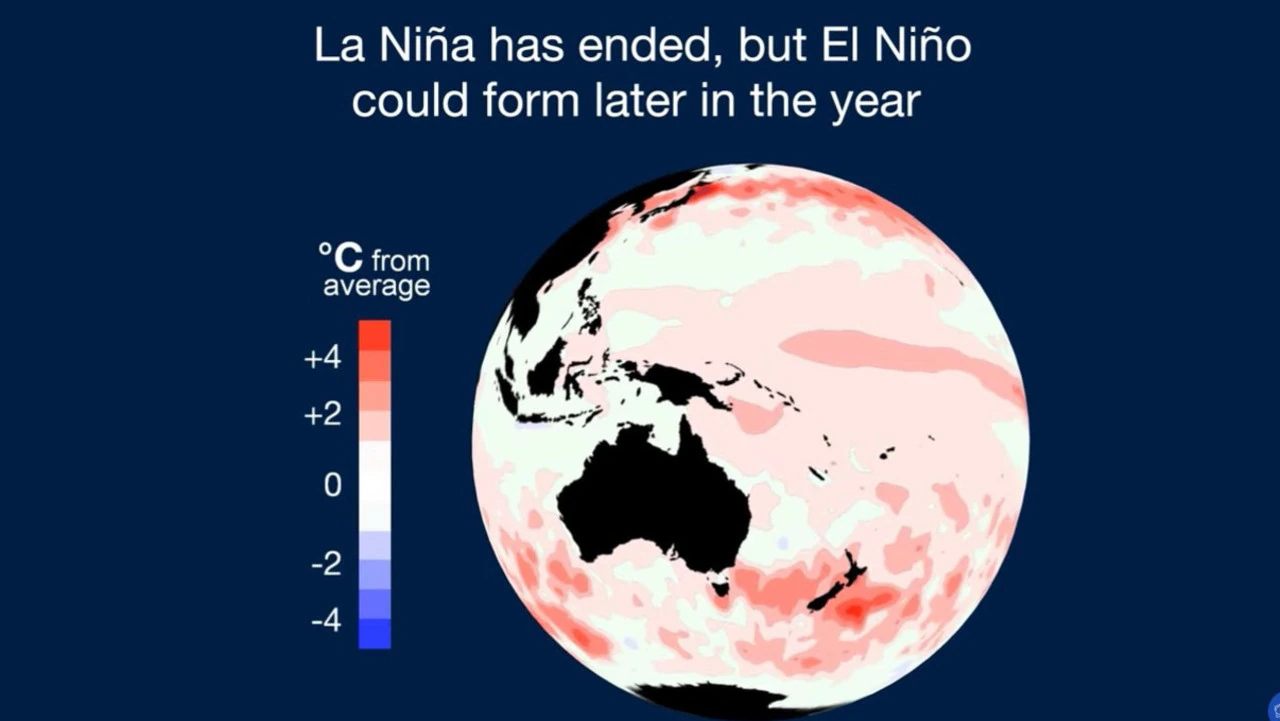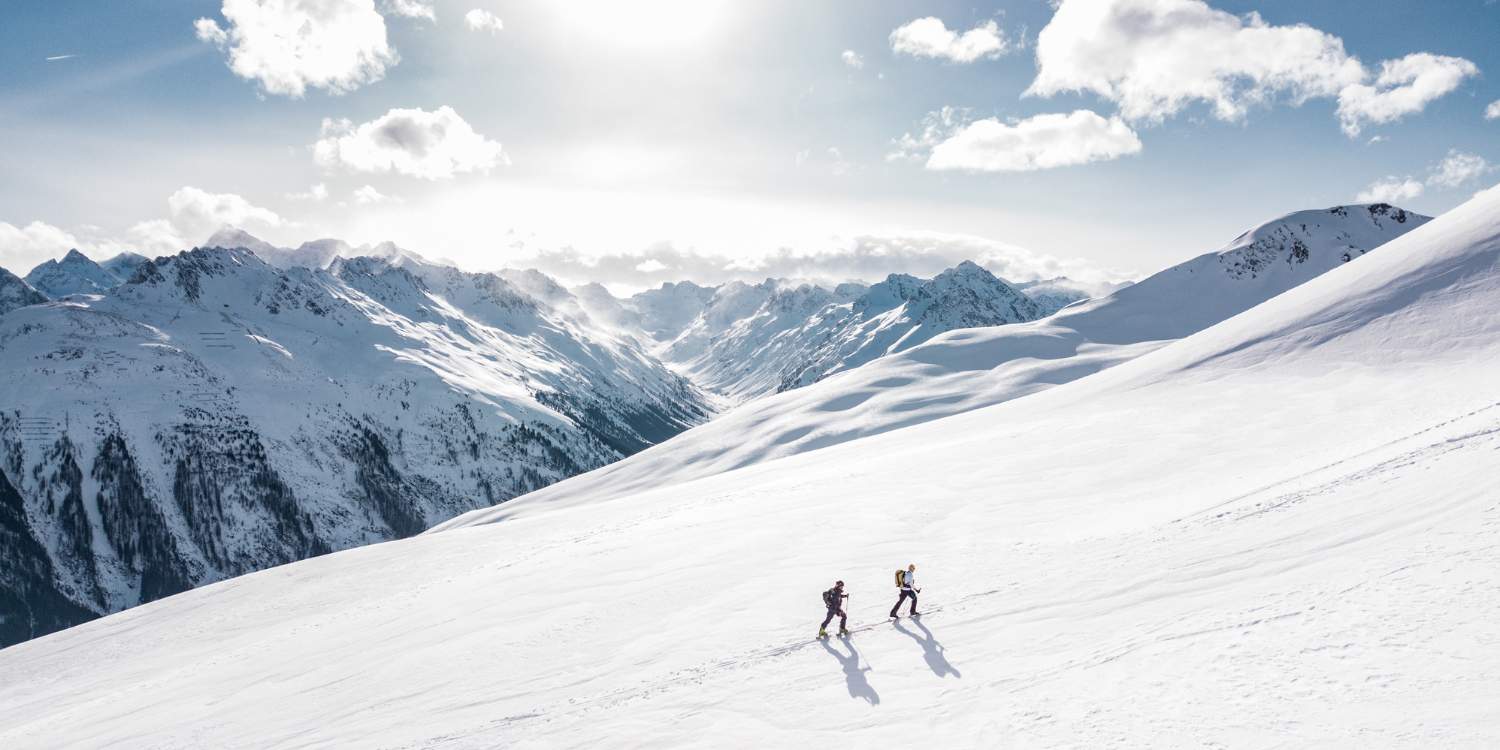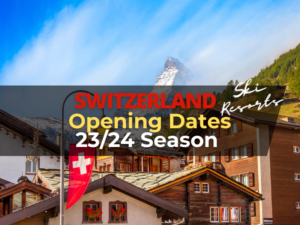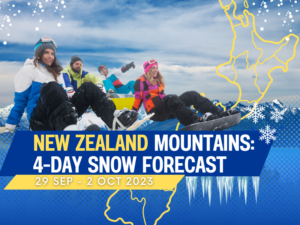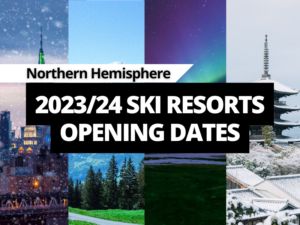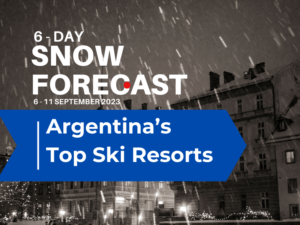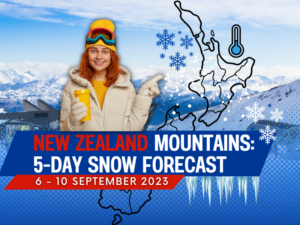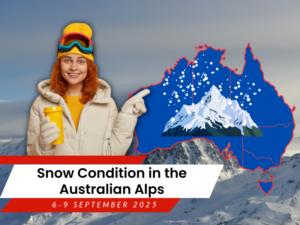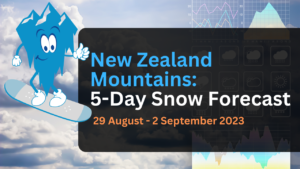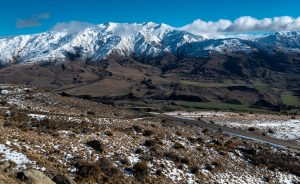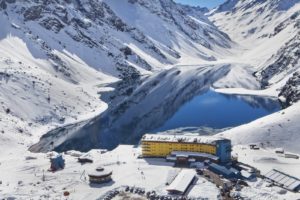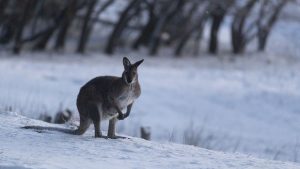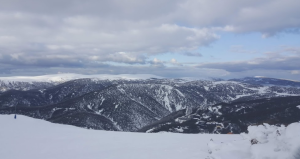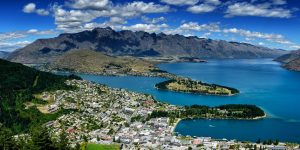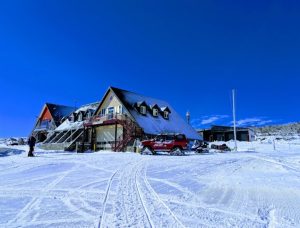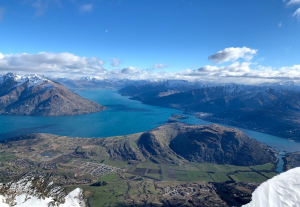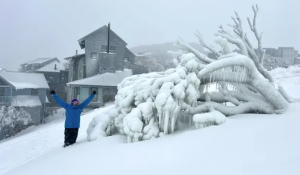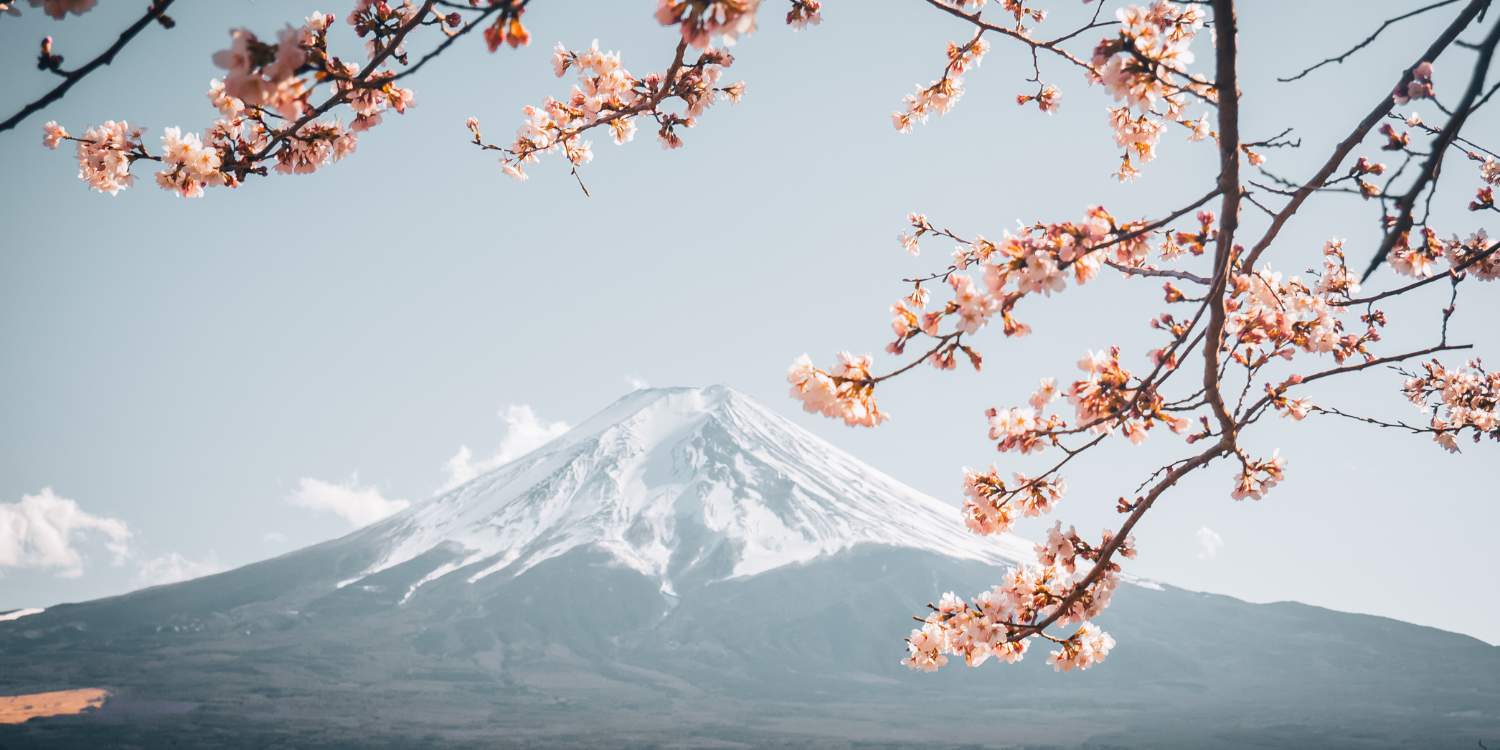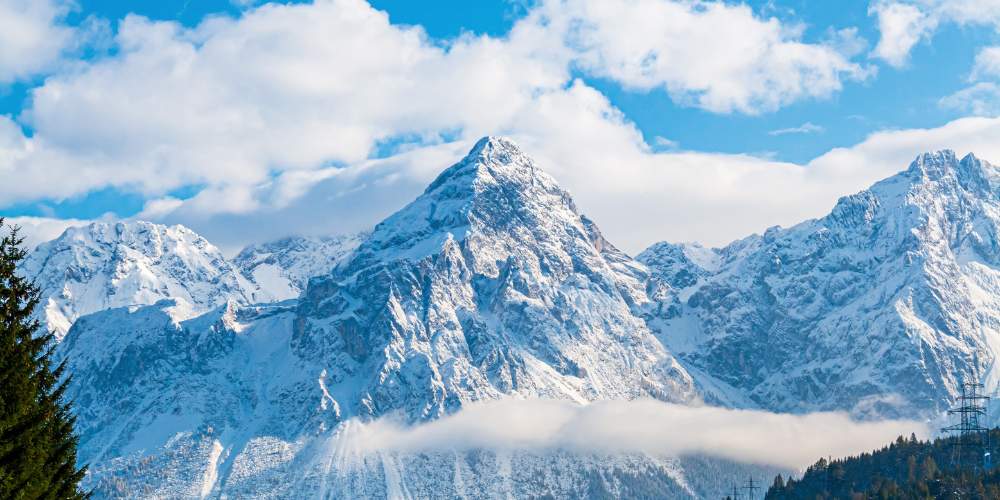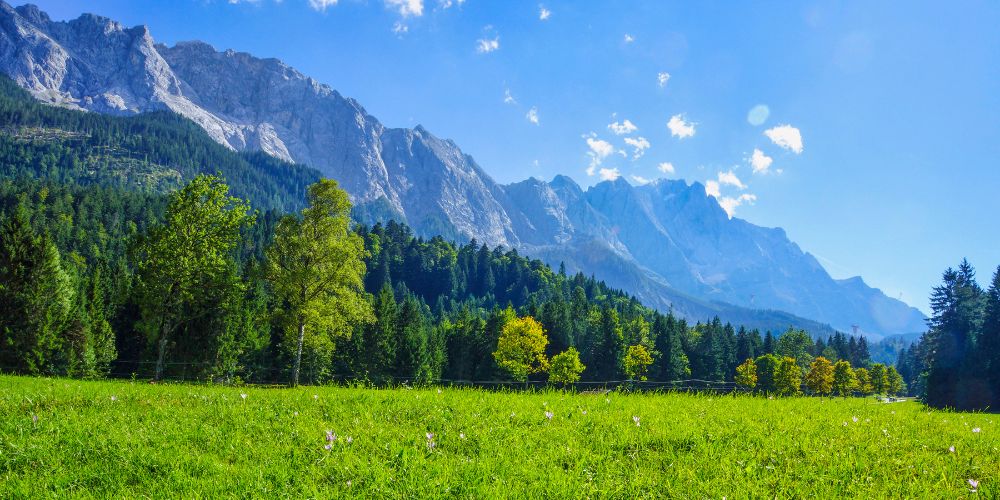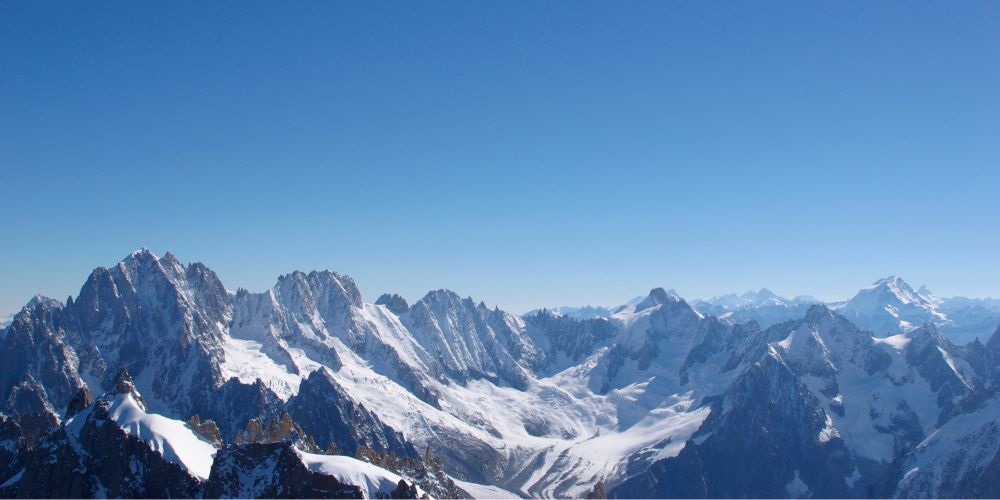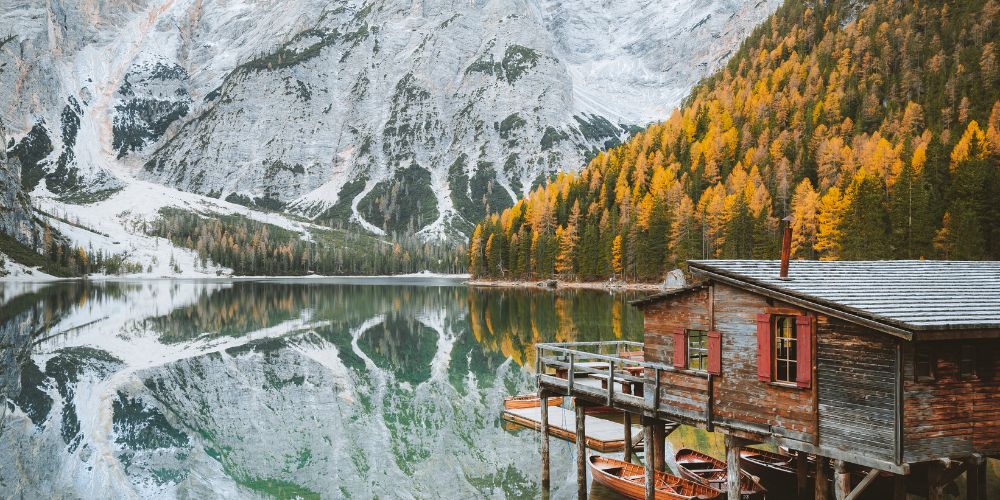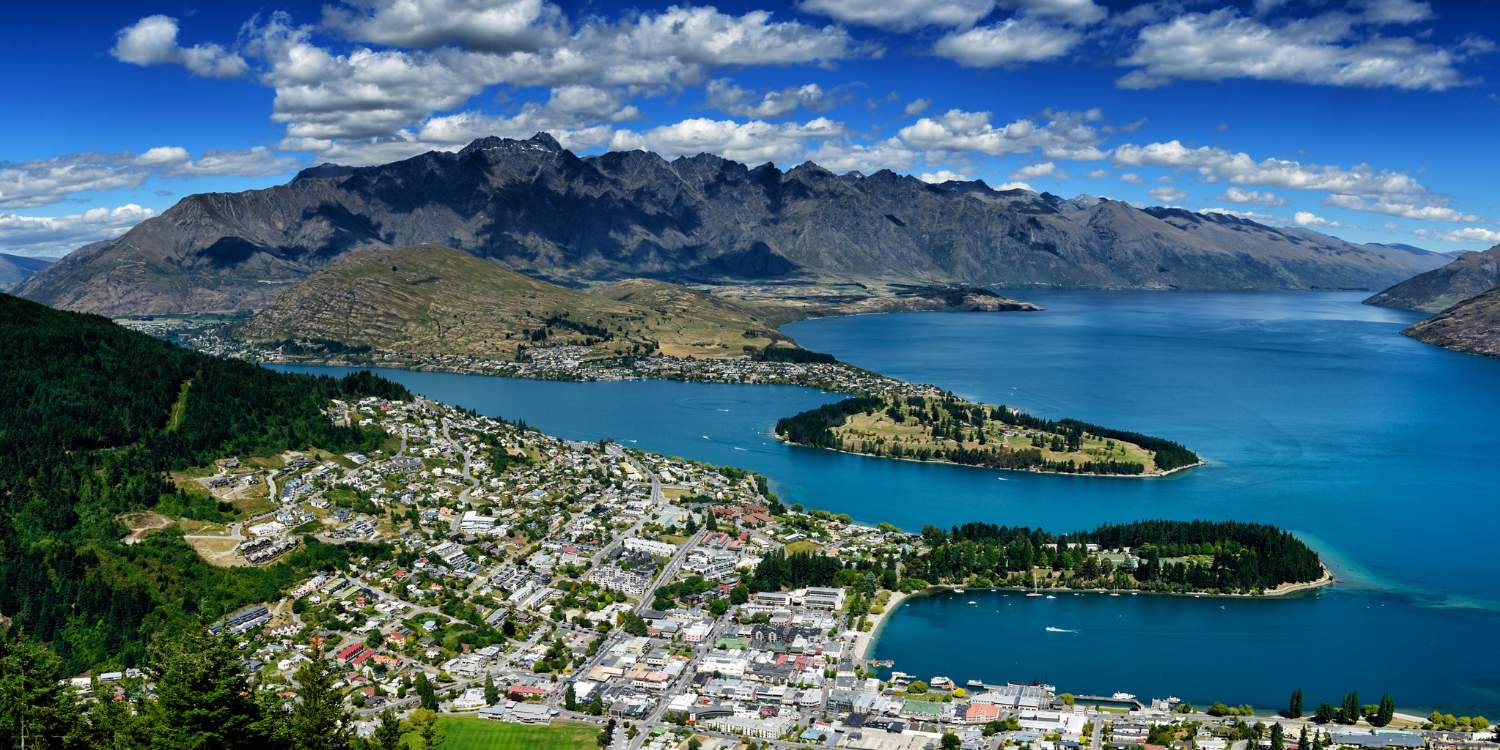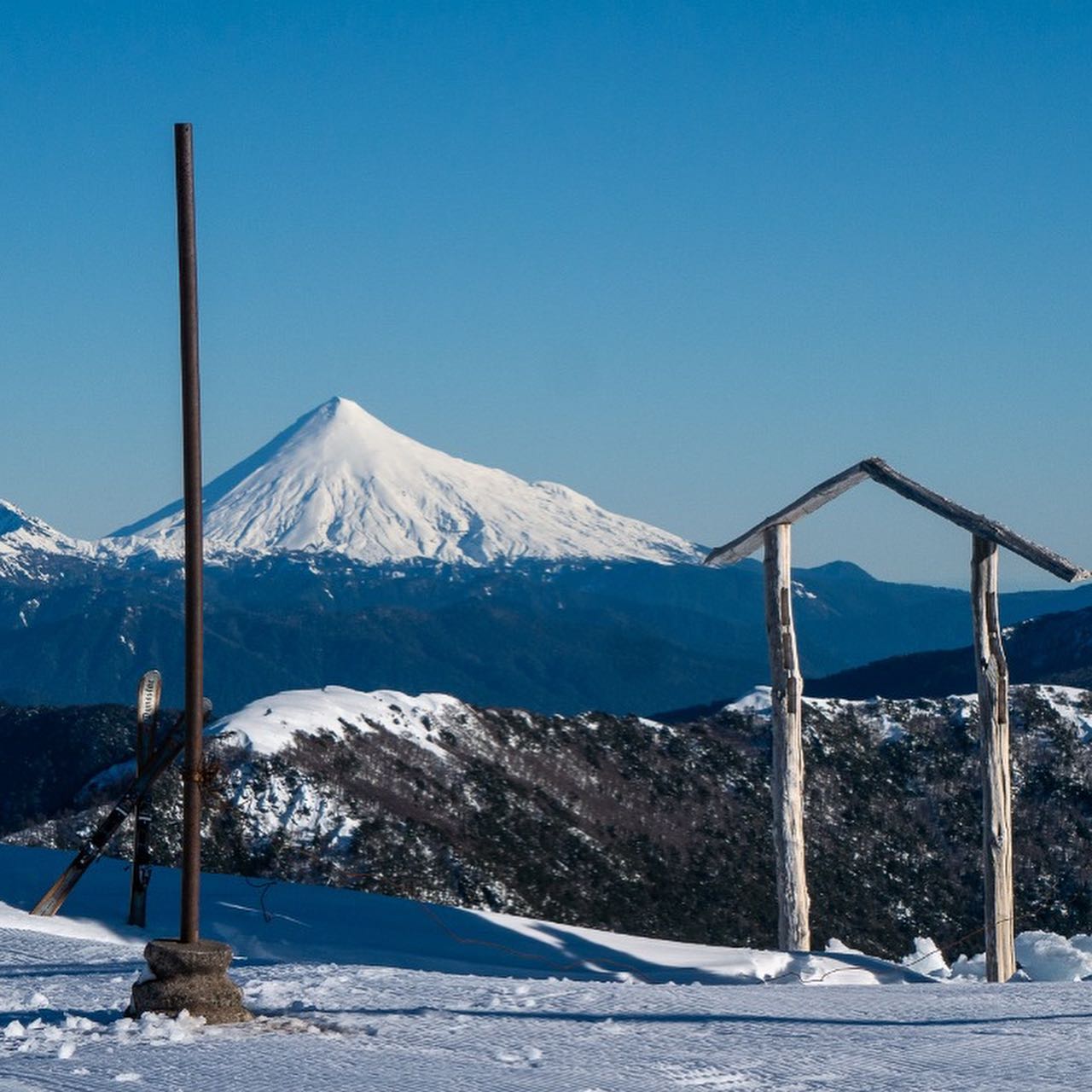Winter is coming soon in Australia, but it may not bring much snow to Victoria’s winter resorts. According to the Bureau of Meteorology (BOM), winter 2023 is likely to be warmer and drier than average for most of Australia, due to the influence of two climate drivers: El Niño and a positive Indian Ocean Dipole (IOD).
El Niño is a phenomenon that occurs when the central and eastern tropical Pacific Ocean becomes warmer than usual, affecting the atmospheric circulation and rainfall patterns around the world. A positive IOD is a similar phenomenon that occurs when the western tropical Indian Ocean becomes warmer than the eastern part, reducing the moisture available for rainfall over Australia.
Both El Niño and a positive IOD tend to cause warmer and drier weather in Australia during winter, especially in the southern and eastern regions. When these two climate drivers occur at the same time, they can reinforce each other and exacerbate their impact on Australia’s weather.
The BOM’s winter outlook shows that most of Victoria has a high chance of experiencing below-average rainfall and above-average maximum temperatures from June to August. Some areas, such as south-eastern Victoria, also have a high chance of experiencing unusually dry conditions, meaning rainfall in the lowest 20 per cent of historical records.
The only exception is north-eastern Victoria, which has a near-average chance of rainfall and temperature this winter.
What does this mean for the snow season in Victoria’s winter resorts?
The warmer and drier winter may have implications for the snow season in Victoria’s winter resorts, such as Mount Buller, Falls Creek, and Mount Hotham. These resorts rely on natural snowfall and artificial snowmaking to provide good skiing and snowboarding conditions for their visitors.
However, natural snowfall may be scarce this winter due to the reduced rainfall and higher temperatures caused by El Niño and a positive IOD. According to Mountainwatch, a website that provides snow forecasts and reports for Australian ski fields, there is a good chance that El Niño will reach “strong” or “very strong” thresholds by August or September, which could result in lower-than-average snowfall for most of the season.
Artificial snowmaking may also be affected by the warmer and drier winter, as it requires low temperatures and high humidity to operate efficiently. The BOM’s winter outlook indicates that minimum temperatures may be lower than average for some parts of Victoria this winter, but not enough to offset the higher maximum temperatures. Moreover, the lower humidity caused by the reduced rainfall may make it harder to produce artificial snow.
However, there is still some hope for the snow season in Victoria’s winter resorts. The BOM also cautions that the winter outlook is not a guarantee of what will happen, but rather an indication of how the odds are stacked. There is still a possibility of cold snaps, rain events, snowfalls, and storms during winter, depending on local weather systems and variability.
The BOM advises people to stay updated with the latest forecasts and warnings, and to prepare for any potential impacts of the winter weather.
